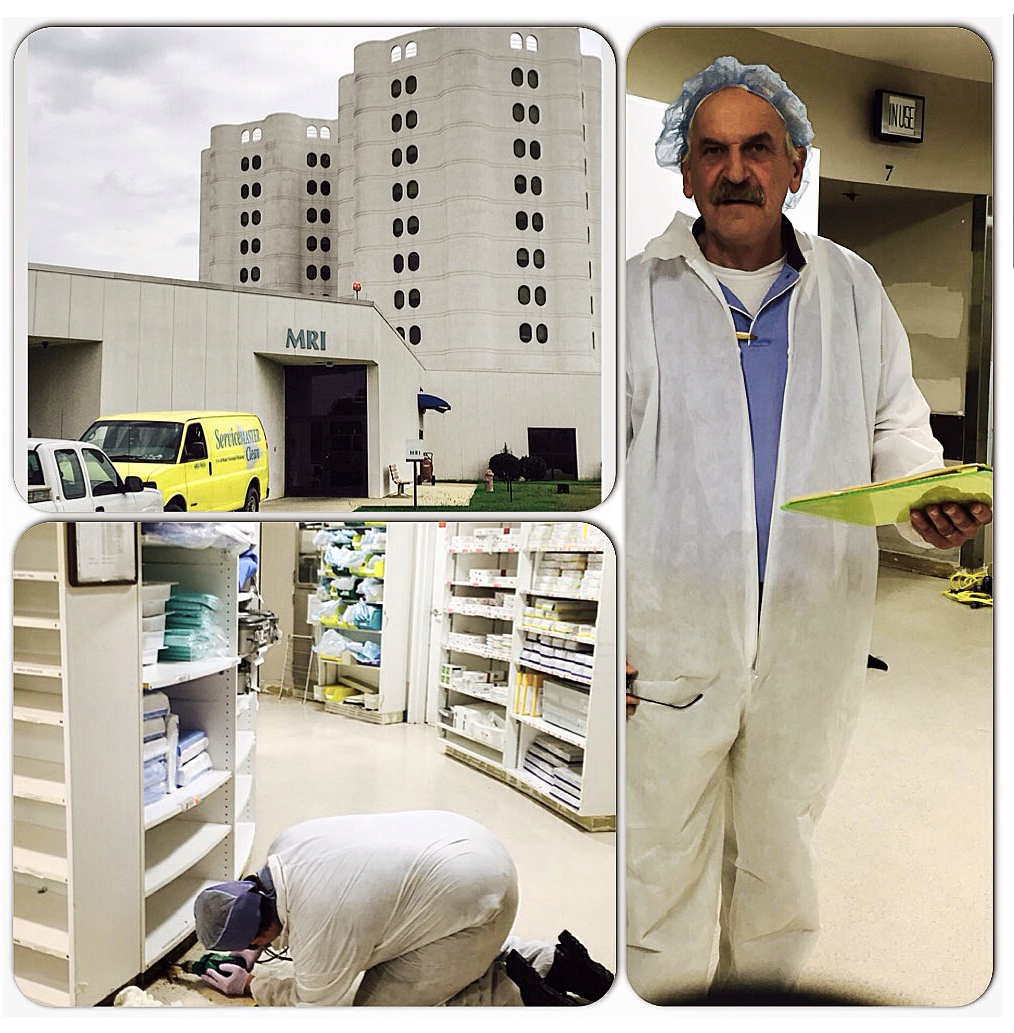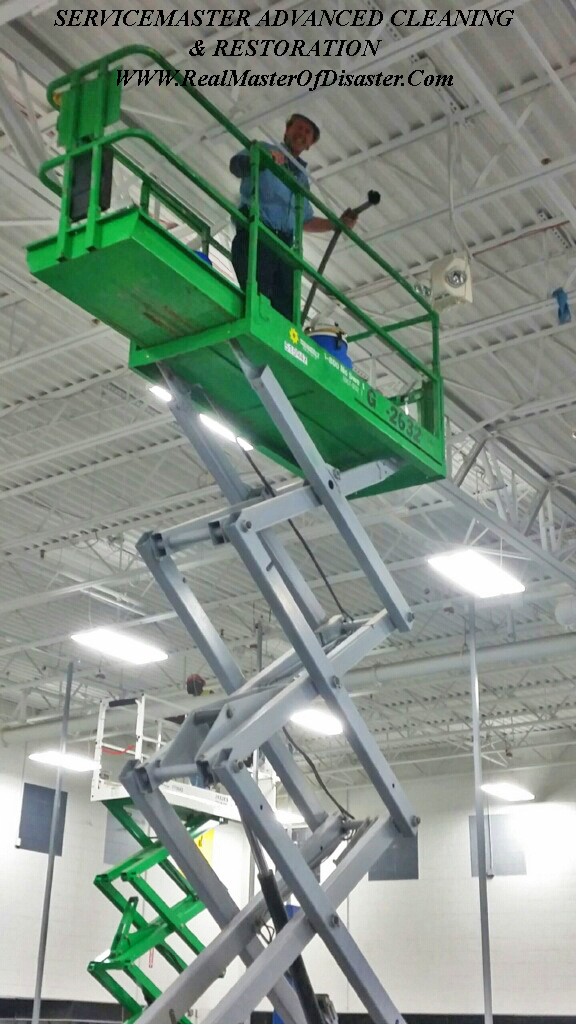

Mold Overview - Types of Mold Explained - ServiceMaster ADVANCED - Mobile, AL
We are the original ServiceMaster Restore disaster restoration company operating in Mobile and Baldwin County in South Alabama, serving the area for over 30 years. We have handled some of the largest fire damage, water damage and mold remediation cleanup jobs ever performed on the Gulf Coast and we would be honored to serve you. (251) 653-9333, (251) 928-1028 and (866) 653-9333.

.jpg)
Below is an article posted on LinkedIn by Mr. Sanjay Gupta. it is an overview and gives the reader some basic information. Another great site is http://www.epa.gov/mold/. There is a link to his site included below.
BEGIN ARTICLE
Mold Facts and Information
Originally published on June 5, 2015. by Sanjay Gupta
The purpose of this article is to answer the following questions about mold:
1. What causes mold growth? 2. What are the most common types and species of mold? 3. Why should I be concerned about mold? 4. How can I detect mold?
What Causes Mold Growth?
Mold is a fungus, as are mushrooms and yeast, and has a biological purpose in our eco-system: to consumes dead organic material. Understanding it’s biological importance is essential to understanding why it poses health hazards.
Problems occur with mold when it begins growing in an enclosed environment such as a home. Mold found inside homes and buildings originates from the outside. Mold spores enter buildings and homes through open doorways, windows, heating, ventilation and air conditioning systems. Spores in the air outside also attach themselves to clothing, animals, shoes, bags and more!
The key ingredient mold needs to thrive and grow is moisture and a food source.
Sources of Moisture
Since mold is everywhere, it will only start growing when the spores settle on surfaces with excess moisture. The key to preventing mold growth is to control moisture. Maintaining an interior humidity level of between 30 to 40% will prevent mold growth.
Listed below are the most common sources of moisture. If you suspect mold growth, before the mold can be cleaned and removed, the sources of the moisture issues must be addressed first.
1. Flooding. 2. Backed-up sewers. 3. Leaky roofs and/or water leaks. 4. Humidifier which is not regularly cleaned and disinfected. 5. Damp basements or crawl spaces. 6. House plants and their debris. 7. Steam from cooking and showers. 8. Wet clothes hung to dry indoors. 9. Inadequate air exchange. 10. Excessive humidity. 11. Condensation, which is especially a problem during the winter, on poorly insulated surfaces.
Sources of Food
Mold is like a parasite because it will only grow if there is an ample mold source. Under the right conditions of temperature and moisture, mold will continue to feed. The problem with mold lies in the fact that most homes and buildings are made from dead organic material, which is the type of food that mold thrives on. Food sources for mold include the following:
1. Wood & wood products. 2. Paper and other paper products like cardboard and wallpaper 3. Leather. 4. Fabric and upholstery 5. Grout. 6. Painted walls. 7. Cement 8. Plaster (drywall). 9. Ceiling tiles 10. Insulation materials. 11. Carpet.
What Are The Most Common Types and Species of Mold?
Not all molds are the same; consequently, it is important to understand that identifying the types and species of mold is important because it helps you and the mold remediation professionals assess the potential health hazards that the growth poses.
Types of Mold
Of the 100,000 types of mold that have been identified, the three most common types have been identified as:
1. Allergenic Molds. 2. Pathogenic Molds. 3. Toxigenic Molds.
Allergenic Molds
Allergenic molds are not usually life-threatening but do cause health concerns for individuals with allergies or asthma. Children and the elderly are most likely to experience health issues if there are allergenic molds present in the property.
Pathogenic Molds
Pathogenic molds are of particular concern if your immune system is weak or compromised because these can cause infections. This type of mold can cause hypersensitivity pneumonitis, an acute response resembling bacterial pneumonia. An example is Aspergillus fumigatus, which can grow in the lungs of immune-compromised individuals.
Toxigenic Molds (aka “toxic molds”)
Toxigenic molds are the worse types of molds because they produce mycotoxins that will make anyone exposed to them sick. Mycotoxins are chemical toxins present within or on the surface of the mold spore, which can be inhaled, ingested, or touched. An example of this is an aflatoxin, one of the most potent carcinogens known to mankind. Aflatoxins grow on peanuts and grains, and on some other foods.
Species of Mold
Mold inspectors and indoor air quality professionals use various methods to identify the mold species.
Testing could be done with a tape or swab sample on visible mold.
Air quality samples may also be recommended because air borne mold spores are not visible to the eye. Air quality samples are advantageous because they can identify the concentration of indoor spores.
Once samples are taken, they should be sent to accredited laboratories to analyze them to determine the exact species of mold.
The five most prevalent species of mold are:
1. Alternaria. 2. Aspergillus. 3. Cladosporium. 4. Penicillium. 5. Stachybotrys.
Alternaria Mold
Alternaria mold is commonly found in your nose, mouth and upper respiratory tract and can cause allergic responses.
Aspergillus Mold
Aspergillus mold is usually found in warm, extremely damp climates, and a common occupant of house dust. This mold produces mycotoxins which is a poisonous chemical compound. This mold variety can cause lung infections including aspergillosis.
Cladosporium Mold
Cladosporium mold is a very common outdoor fungus that can find its way indoors and grow on textiles, wood and other damp, porous materials. This mold triggers hay fever and asthma symptoms.
Penicillium Mold
Penicillium mold is a very common species found on wallpaper, decaying fabrics, carpet, and fiberglass duct insulation. It is known for causing allergies and asthma. Some species produce mycotoxins, one being the common antibiotic penicillin.
Stachybotrys Mold
Stachybotrys mold is extremely toxic “black mold” that produces mycotoxins that can cause serious breathing difficulties and bleeding of the lungs. This mold can be found on wood or paper.

We are the original ServiceMaster Clean (janitorial) & ServiceMaster Restore (disaster restoration) company operating in Mobile and Baldwin County in South Alabama, serving the area for over 30 years. We have handled some of the largest janitorial, fire damage, water damage and mold remediation cleanup jobs ever performed on the Gulf Coast and we would be honored to serve you. (251) 344-5105, (251) 653-9333, (251) 928-1028 and (866) 653-9333.
.jpg)

Our web site is loaded with informative articles and videos on mold remediation. Please view our site at: http://www.servicemastermobilealabama.com. It will give you a good idea of our standards. Also, please check the EPA guide on mold: http://www.epa.gov/mold/moldguide.htm. You will find that we absolutely adhere to the guidelines in this publication.
When you call us, we will assess your issue, direct you to an independent testing company if necessary, and immediately contain the affected area if necessary. We only know one way to do the job - the right way.
Make sure you call, or tell your insurance company to call ServiceMaster ADVANCED Cleaning, Enterprise number 7027, The Master of Disaster (251) 653-9333. In Baldwin County, (251) 928-1028. "We would be honored to serve you."
